Irrational Number Line Games, LLC
home stuff-to-buy idea archive about-us contact
2.75-D Rocks
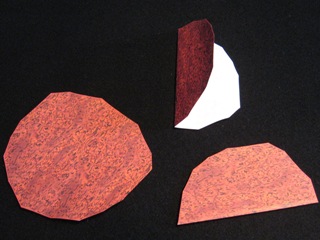 So what is a 2.75-D anything. Well, it is my pet name for getting a decent amount
of 3D effect out of some simple 2D terrain pieces. For the rocks, we start with
a 2D flat ... but a special one. These are symmetric, so you can fold them in half
and have both sides match up. When you fold it and glue it shut, you get a "half-rock"
with the pattern showing on both sides.
So what is a 2.75-D anything. Well, it is my pet name for getting a decent amount
of 3D effect out of some simple 2D terrain pieces. For the rocks, we start with
a 2D flat ... but a special one. These are symmetric, so you can fold them in half
and have both sides match up. When you fold it and glue it shut, you get a "half-rock"
with the pattern showing on both sides.
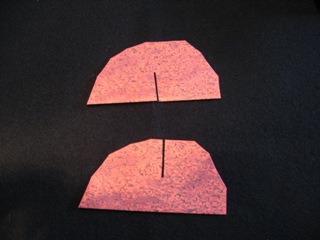 Next we move on to a standard
halved joint, just like you use
when making shelves and such.
Next we move on to a standard
halved joint, just like you use
when making shelves and such.
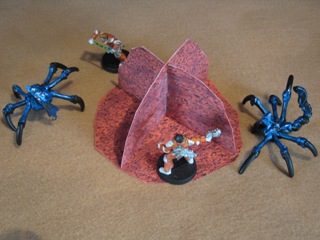 Put two of them together and set them on top of a flat, and you end up with a decent
2.75(not quite 3)-D piece of terrain. These store easily ... very easily if you don't glue them together. And they do provide some table top level line of sight blocking as
well as a sense of mass when looked at from above at arm's length.
Put two of them together and set them on top of a flat, and you end up with a decent
2.75(not quite 3)-D piece of terrain. These store easily ... very easily if you don't glue them together. And they do provide some table top level line of sight blocking as
well as a sense of mass when looked at from above at arm's length.
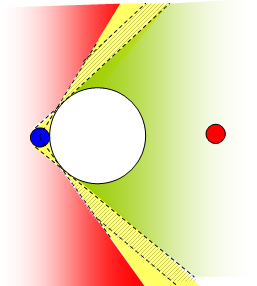 OK, not bad, but how does it play? Well, this is an added bonus. First, let's
look at a regular flat (or a 3D rock treated as a flat). One of the drawbacks is
for various shapes of 3D rocks (that look cool ... and I have many of my own), it is
tough to balance a figure "on" it or to lean a figure up against it like you would
in real life. Keeping the figure outside the rock creates the symmetric set of lines
of fire that stay the same (and symmetric) as you move around the terrain piece.
OK, not bad, but how does it play? Well, this is an added bonus. First, let's
look at a regular flat (or a 3D rock treated as a flat). One of the drawbacks is
for various shapes of 3D rocks (that look cool ... and I have many of my own), it is
tough to balance a figure "on" it or to lean a figure up against it like you would
in real life. Keeping the figure outside the rock creates the symmetric set of lines
of fire that stay the same (and symmetric) as you move around the terrain piece.
Yes, with an irregular shape, you can get a little variance, but it takes a lot of irregularity (and odd shape cutting) to make a big difference.
As we move on to the next piece, a little on the diagram. From the perspective of the Team Blue figure (the blue circle), green where neither can shoot. The yellow band is where they start to be able to shoot, but with obstructions. In the hashed part, both figures take a penalty; in pure yellow the Red guy still does, but the blue guy doesn't. In the red area, both shoot each other with no penalty (i.e., from the Blue perspective, there is no advantage.
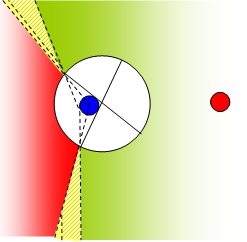
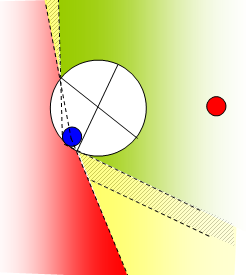
Now, if we use the vertical pieces as blocking terrain (instead of the flat rock footprint on the table), we get something different. In the picture on the left, we can see that we can get more cover out of it. The picture on the right shows that, except in a few spots, the lines of fire on opposite sides of the figure are not symmetric (there is a "good" side and a "bad" side from either perspective. And this is achieved without highly complex LOS rules and lots of visual jugement calls, just using a different piece of terrain and a standard overhead view.